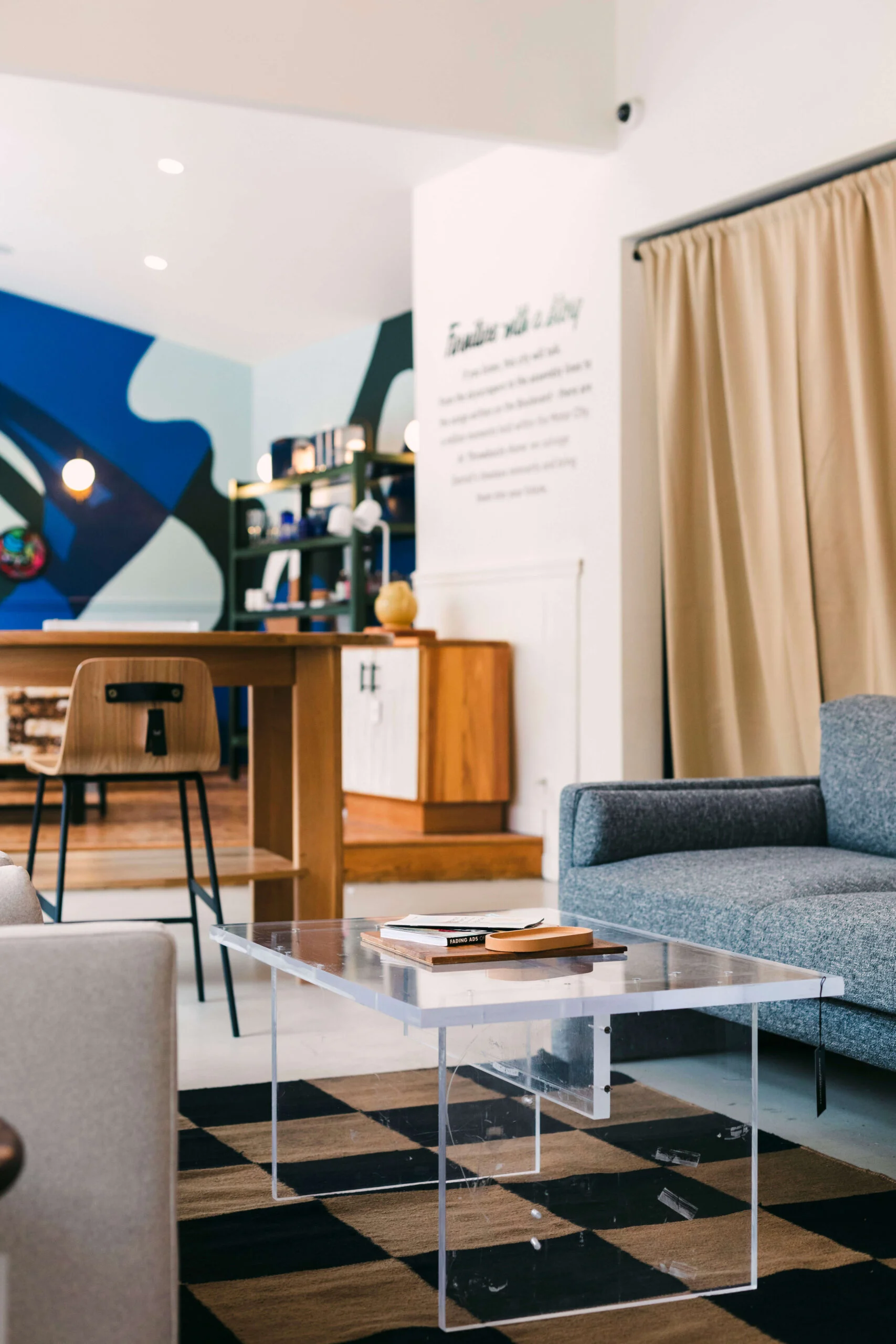
Industrial Arts: Detroit Month of Design Celebrates Creative Heritage
Post-industrial. Rust belt. Across the Great Lakes, descriptions of American cities are almost inevitably furnished with at least one of the two phrases, conjuring up images of abandoned warehouses, broken sidewalks and empty streets. Conversely, the same terms are a prelude to the gentrifying coffee shops, boutiques and art galleries that seemingly erase the city that came before. From Cleveland and Milwaukee to Buffalo and Pittsburgh, the narrative follows the same dispiriting pattern — though nowhere more acutely than in Detroit.
Fortunately, Motown’s design culture tells a somewhat different story. Organized by NGO Design Core Detroit, September’s Detroit Month of Design highlighted the local design scene’s connections to — and inspiration from — the city’s manufacturing heritage. In lieu of a schism between an industrial past and a creative future, much of the 30-day fair (which comprised over 80 events) highlighted a diverse and multi-disciplinary design community that draws on the city’s rich heritage of automotive and manufacturing innovation to imagine new possibilities.






Lead image: Mike Han’s Modern Vandalism: Albert Kahn Collection, featuring Han’s design overlayed on a Kahn blueprint.
